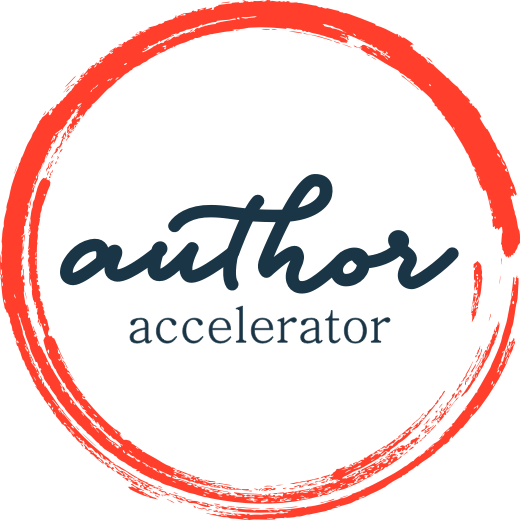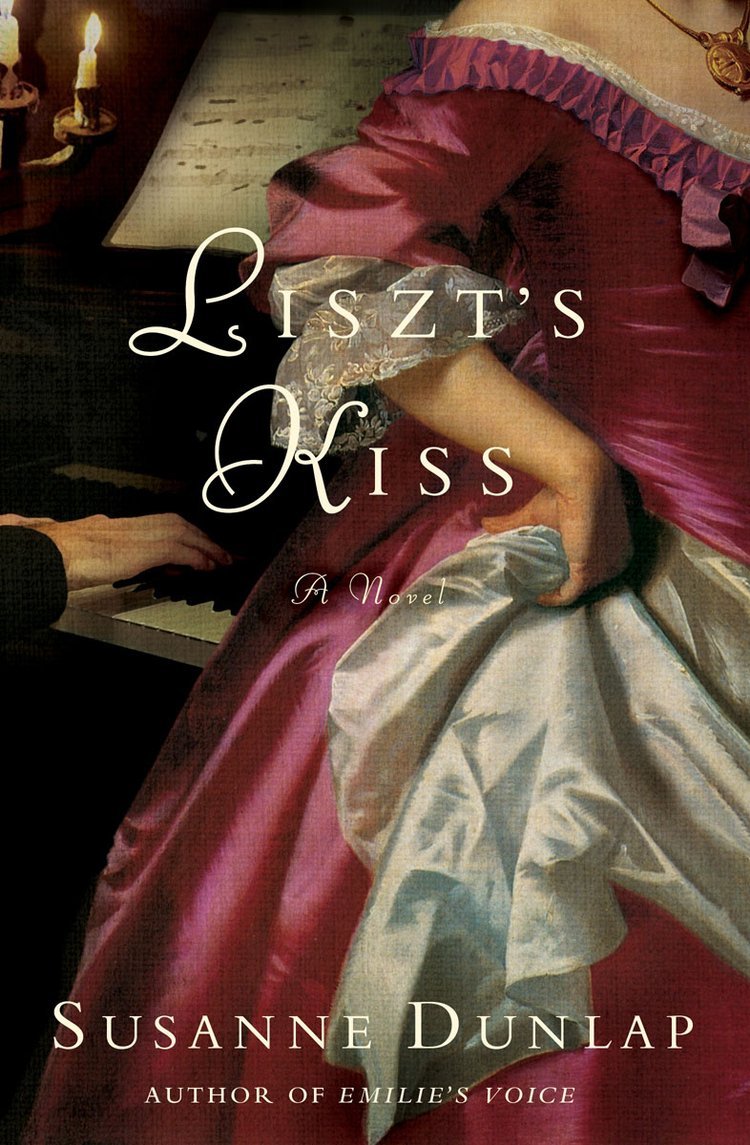Book Coaching the ‘Why’ of Historical Fiction
Today’s blog post comes to us from Author Accelerator certified book coach Susanne Dunlap.
Susanne Dunlap
Certified Book Coach
By the time a historical novelist comes to me for book coaching, they’re usually steeped in research they’ve been doing for years.
Sometimes they’ve made attempts to wrangle that research into a cohesive story—even occasionally managed to draft an entire manuscript. But they know that what they’ve done (or are trying to do), no matter how faithful to their research, doesn’t yet add up to a really good story in all the ways it should.
That’s where the work of a coach who understands the challenges and pitfalls of basing a story on actual history can be truly helpful. Because, yes, that same person has been me more times than I care to mention. It’s so easy to get the facts and timelines in your head and be afraid to deviate from them for the sake of the story arc or invent something that will help glue it all together. What will scholars say, you think, believing that someone is going to go through your work and compare it all word-for-word with the historical record.
News flash: It’s not history. It’s fiction.
Just because writers draw inspiration from people or events that are based in history doesn’t give them an excuse to ignore the fundamental rules of storytelling—no matter how they try to justify it! That’s why I start coaching historical novelists exactly the same way I’d start coaching anyone else writing fiction. I ask the key questions in the Blueprint that force them (or me, if I’m putting myself through the wringer) to prioritize story over slavish adherence to facts.
That doesn’t mean it’s open season on changing history, not by any means. Nothing puts a reader off more quickly than obvious inaccuracies or anachronisms. So what does it mean? Let me illustrate with an example from my own, pre-book-coaching past.
Way back in 2005, I was drafting the dreaded option book following my first novel, Émilie’s Voice, for my editor at Touchstone (a now-defunct imprint of Simon & Schuster). She’d bought a one-page, vague outline of a story based on a young pianist in 1830s Paris who falls in love with rock-star pianist Franz Liszt. Needless to say, I hadn’t really thought it all through, and, frankly, a bit surprised that they bought it—I just started writing.
First draft: agent hated it. Second draft: still not good, melodramatic and pointless. Third, fourth, fifth draft (bear in mind that this final draft went to my agent about six weeks before it was due to my editor)—not quite. Cue the floods of tears, followed by shaking myself and taking a deep breath and realizing something was basically wrong with the premise, that no amount of tweaking and patching would fix what didn’t work in my manuscript.
The problem stemmed from the fact that I’d based the whole story around having a very sensual scene where Liszt coaches the pianist on a particular Chopin Étude that was published in 1834. I stuck myself in that year like a good historian, trying to make sure no fact was out of place. But it simply didn’t work.
That’s when I finally started asking myself why. Why that piece? Why that year?
Why should anyone care about this girl and the love interest I wanted her to have (not Liszt)? Why would the events happen, what would cause them, and why would the characters respond the way they did? And then I went further and asked myself if there was an external conflict that could raise the stakes for everyone. I didn’t find my answer in 1834. It wasn’t a very eventful year. So I started researching what
happened in Paris in 1833 and 1835. Bingo. The cholera epidemic of 1833. Instant drama, instant stakes. And that unlocked the flood gates and helped me “discover” a deep family secret that would power the plot. I still wanted that étude scene, so I kept it. It was an important turning point for my heroine, and I freed myself to believe that no one would care that Chopin’s work hadn’t actually been published until a year or so later (and besides, the author’s note can cover a multitude of historical judgment calls).
If I’d known then what I know now, I might have saved myself a few drafts and a lot of frustration. If I’d known to overlay my historical research and basic idea on the sound storytelling principles of the Blueprint as conceived by Jennie Nash, instead of writing my way through draft after fruitless draft, I might have figured out what I needed much earlier. Then, instead of sending what still felt pretty rough to my editor (I made my deadline), I’d have had time to really polish and perfect.
Now, I do for historical novelists what I didn’t do for myself all those years ago: I make sure there’s a point, clear character arcs, and a cause and effect trajectory that weaves the research into a real story.
In short, I put them through the Blueprint process, no matter where they are in their project. It’s so much easier to do all that at or near the beginning than to struggle through draft after draft. It can be hard to persuade someone who’s written a whole draft to step away from it and do that work, but it invariably pays off, and the subsequent rewrite is stronger.
I prioritize story, yet I always honor the research, the historical record, and I root out anachronisms whenever I spot them. In the end, for me there’s almost nothing more satisfying than helping a writer bring the history to life by creating a story worth telling that’s also worth reading.
Susanne Dunlap is the author of nine historical novels for adults and teens. She is also an Author Accelerator certified book coach specializing in historical fiction.
Blog posts you may also enjoy:


